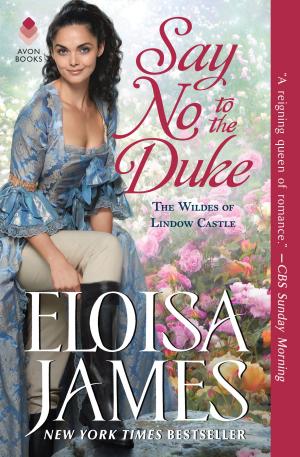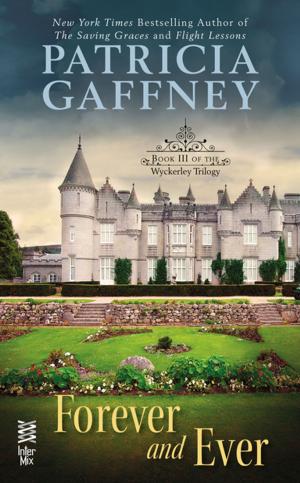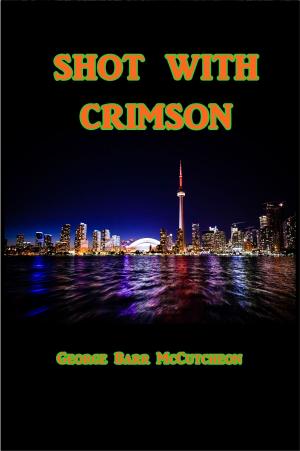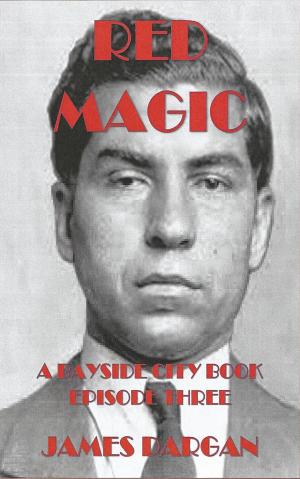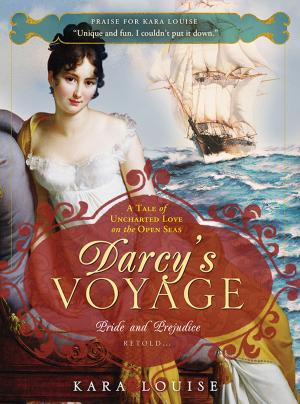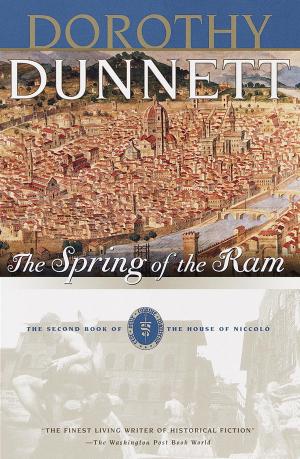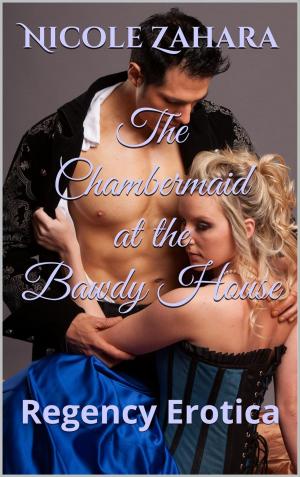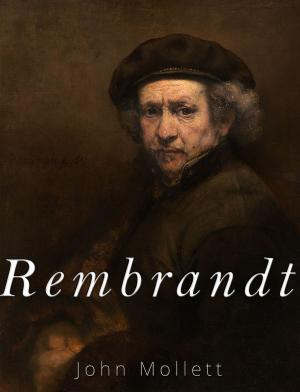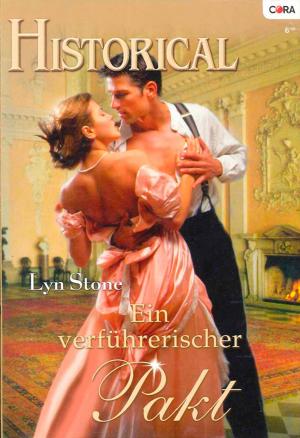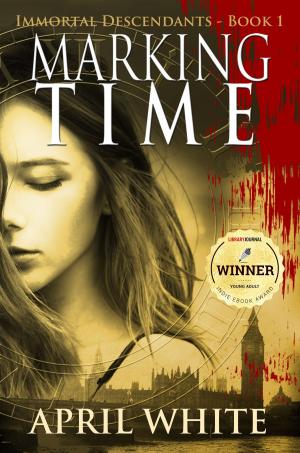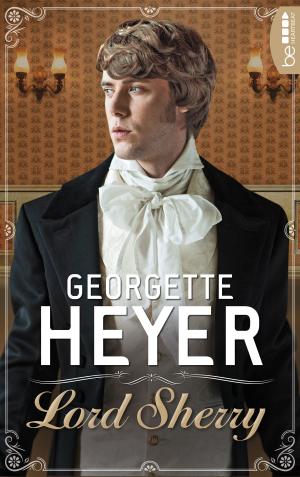Boscobel: or, the royal oak
A tale of the year 1651
Biography & Memoir, Royalty, Nonfiction, History, British, Fiction & Literature, Historical| Author: | William Harrison Ainsworth | ISBN: | 1230000285784 |
| Publisher: | LONDON GEORGE ROUTLEDGE AND SONS, Limited | Publication: | December 15, 2014 |
| Imprint: | Language: | English |
| Author: | William Harrison Ainsworth |
| ISBN: | 1230000285784 |
| Publisher: | LONDON GEORGE ROUTLEDGE AND SONS, Limited |
| Publication: | December 15, 2014 |
| Imprint: | |
| Language: | English |
Example in this ebook
In his letter to Mr. Hughes, the then Bishop of Llandaff describes King Charles the Second's Wanderings after the Battle of Worcester "as being by far the most romantic piece of English history we possess."
I have always entertained the same opinion, and after reading the "Boscobel Tracts," so admirably edited by Mr. Hughes, I resolved to write a story on the subject, which should comprehend the principal incidents described in the various narratives of the King's adventures; but not having at that time visited any of the hiding-places, I deferred my design, and possibly might never have executed it, had I not seen a series of Views depicting most graphically the actual state of the different places visited by Charles, and privately published by Mr. Frederick Manning, of Leamington.
Stimulated by these remarkable sketches, I at once commenced my long-delayed Tale.
An enthusiast on the subject, Mr. Manning has collected all the numerous editions of the "Boscobel Tracts," and has printed a list of them, which is exceedingly curious. The collection is probably unique. His nephew, Mr. John E. Anderdon, whose death occurred while this work was in the press, was also an enthusiastic collector of all matters relating to Boscobel and the King's escapes, and from both these gentlemen I have derived much valuable assistance.
I am under equal obligations to my excellent friend, Mr. Parke, of the Deanery, Wolverhampton, who has furnished me with many curious tracts, prints, plans, and privately printed books relating to Boscobel, Brewood, and Chillington. I shall always retain a most agreeable recollection of a visit paid to Chillington in company with Mr. Parke and the Hon. Charles Wrottesley, and of our hearty reception by the hospitable Squire.
Among the various works relating to Boscobel that have come under my notice is a charming little volume written by the Rev. George Dodd, Curate of Doddington, Salop, the village where Boscobel is situated, who has ascertained all the facts connected with the story.
Boscobel House, I rejoice to say, is in very good preservation, and I sincerely hope it may not be altered, or improved, as is the case with Trent—a most interesting old house. Moseley Hall is still extant; but, alas! Bentley House and Abbots Leigh are gone.
Finer figures do not appear in history than those of the devoted Jane Lane and the stalwart and loyal Penderel Brothers. "The simple rustic who serves his sovereign in time of need to the utmost extent of his ability, is as deserving of commendation as the victorious leader of thousands." So said King Charles the Second to Richard Penderel after the Restoration. It is pleasant to think that several descendants of the loyal family of Penderels are still in existence. With some of them I have been in correspondence.
Good fortune seems to have attended those who aided the fugitive monarch. Many representatives of the old families who assisted him in his misfortunes are to be found—Mr. John Newton Lane, of King's Bromley Hall, near Lichfield, a lineal descendant of the Lanes; Mr. Tombs, of Long Marston; Mr. Whitgreave, of Moseley; the Giffards, of Chillington; and the ennobled family of Wyndham.
In describing the King's flight from Worcester to White Ladies on the night of the fatal 3rd of September, I have followed exactly the careful topographical description furnished by the Rev. Edward Bradley, Rector of Stretton, Oakham, to Notes and Queries, June 13th, 1868. Mr. Bradley has been the first to trace out the King's route, and to him all credit is due.
To be continue in this ebook
Example in this ebook
In his letter to Mr. Hughes, the then Bishop of Llandaff describes King Charles the Second's Wanderings after the Battle of Worcester "as being by far the most romantic piece of English history we possess."
I have always entertained the same opinion, and after reading the "Boscobel Tracts," so admirably edited by Mr. Hughes, I resolved to write a story on the subject, which should comprehend the principal incidents described in the various narratives of the King's adventures; but not having at that time visited any of the hiding-places, I deferred my design, and possibly might never have executed it, had I not seen a series of Views depicting most graphically the actual state of the different places visited by Charles, and privately published by Mr. Frederick Manning, of Leamington.
Stimulated by these remarkable sketches, I at once commenced my long-delayed Tale.
An enthusiast on the subject, Mr. Manning has collected all the numerous editions of the "Boscobel Tracts," and has printed a list of them, which is exceedingly curious. The collection is probably unique. His nephew, Mr. John E. Anderdon, whose death occurred while this work was in the press, was also an enthusiastic collector of all matters relating to Boscobel and the King's escapes, and from both these gentlemen I have derived much valuable assistance.
I am under equal obligations to my excellent friend, Mr. Parke, of the Deanery, Wolverhampton, who has furnished me with many curious tracts, prints, plans, and privately printed books relating to Boscobel, Brewood, and Chillington. I shall always retain a most agreeable recollection of a visit paid to Chillington in company with Mr. Parke and the Hon. Charles Wrottesley, and of our hearty reception by the hospitable Squire.
Among the various works relating to Boscobel that have come under my notice is a charming little volume written by the Rev. George Dodd, Curate of Doddington, Salop, the village where Boscobel is situated, who has ascertained all the facts connected with the story.
Boscobel House, I rejoice to say, is in very good preservation, and I sincerely hope it may not be altered, or improved, as is the case with Trent—a most interesting old house. Moseley Hall is still extant; but, alas! Bentley House and Abbots Leigh are gone.
Finer figures do not appear in history than those of the devoted Jane Lane and the stalwart and loyal Penderel Brothers. "The simple rustic who serves his sovereign in time of need to the utmost extent of his ability, is as deserving of commendation as the victorious leader of thousands." So said King Charles the Second to Richard Penderel after the Restoration. It is pleasant to think that several descendants of the loyal family of Penderels are still in existence. With some of them I have been in correspondence.
Good fortune seems to have attended those who aided the fugitive monarch. Many representatives of the old families who assisted him in his misfortunes are to be found—Mr. John Newton Lane, of King's Bromley Hall, near Lichfield, a lineal descendant of the Lanes; Mr. Tombs, of Long Marston; Mr. Whitgreave, of Moseley; the Giffards, of Chillington; and the ennobled family of Wyndham.
In describing the King's flight from Worcester to White Ladies on the night of the fatal 3rd of September, I have followed exactly the careful topographical description furnished by the Rev. Edward Bradley, Rector of Stretton, Oakham, to Notes and Queries, June 13th, 1868. Mr. Bradley has been the first to trace out the King's route, and to him all credit is due.
To be continue in this ebook

